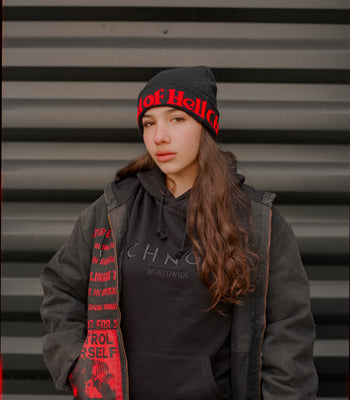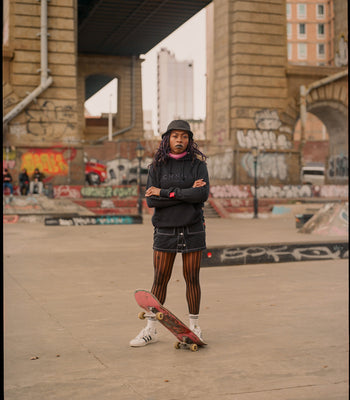Community

Fashion Industry: The High Cost of Low Prices
Written by Sefton Eisenhart
April 27, 2018
The world’s most beautiful industry is also one of the ugliest. This paradox inherent in the clothing we wear has only grown worse in recent years, as fast fashion has rendered the clothing we buy all but disposable. To make dirt-cheap clothing, disenfranchised workers are exploited and the environment is destroyed, all so we can shop more and spend less. In developed countries, we are far removed from the gravest consequences, but that doesn’t make them any less devastating. When we choose to blissfully ignore the truth, it shows we value: (1) quantity more than we do quality, (2) consumption more than conservation, and (3) cheap products more than people.

1. Ever since clothing became so cheap, we started buying a hell of a lot more. Worldwide, we buy 4 times the amount of clothing than we did just 20 years ago, consuming over 150 billion articles of clothing annually. Many of us own sizable amounts of clothing that we have never even worn. Retailers have managed to brainwash customers into buying anything as long as it’s a bargain. People don’t shop for utility, nor the pleasure of something they love, they shop for a good deal. Retailers know this, they understand that shopping is addictive, and to keep consumers coming back, they cut every corner possible to make items inexpensive. As a result, we buy a shit ton of clothing we don’t need. And the situation is projected to get much worse, with clothing consumption expected to rise from 62 million tons in 2015 to 102 million tons in 2030.
2. All those purchases make for tremendous amounts of waste and pollution. In America, we throw away 13 million tons of clothing a year, 80% of which ends up incinerated or in landfills. The textile industry alone is responsible for 20% of international water pollution. To manufacture a piece of clothing requires a disturbing number of chemicals, many of which end up in our air and water.
3. Then there is the human suffering caused by fast fashion. When clothing has to cheaply go from the runway to retail, there are an untold number of victims. Pressure on factories is so great that workers are often subjected to intimidation, harassment, coercion, pain and injury. Laborers who attempt to organize and demand better working conditions are often assaulted by factory owners. Conditions can be deadly, the worst case being the 2013 Rana Plaza building collapse. Due to cost cutting, and the resulting structural instability, 1,138 people died and 2,500 were injured. It is the fourth largest industrial disaster in history, and the responsibility lies squarely on the purveyors of fast fashion.

This all amounts to a pretty bleak vision of the present, but at CHNGE, we are creating a better future. We envision a revolution in the way the world makes and buys clothing. We will produce clothing that is of exceptional quality, so people can consume less. We will use organic cotton and other sustainable fabrics, and offset any of the carbon emissions created by our production. Lastly, we will ensure the factories we partner with pay workers, in every step of our supply chain, fairly. We will call attention to these principles of production in an effort to set an example for other brands, and in turn, clear away the wreckage of the past and ensure a sustainable tomorrow.
- Choosing a selection results in a full page refresh.
- Press the space key then arrow keys to make a selection.



